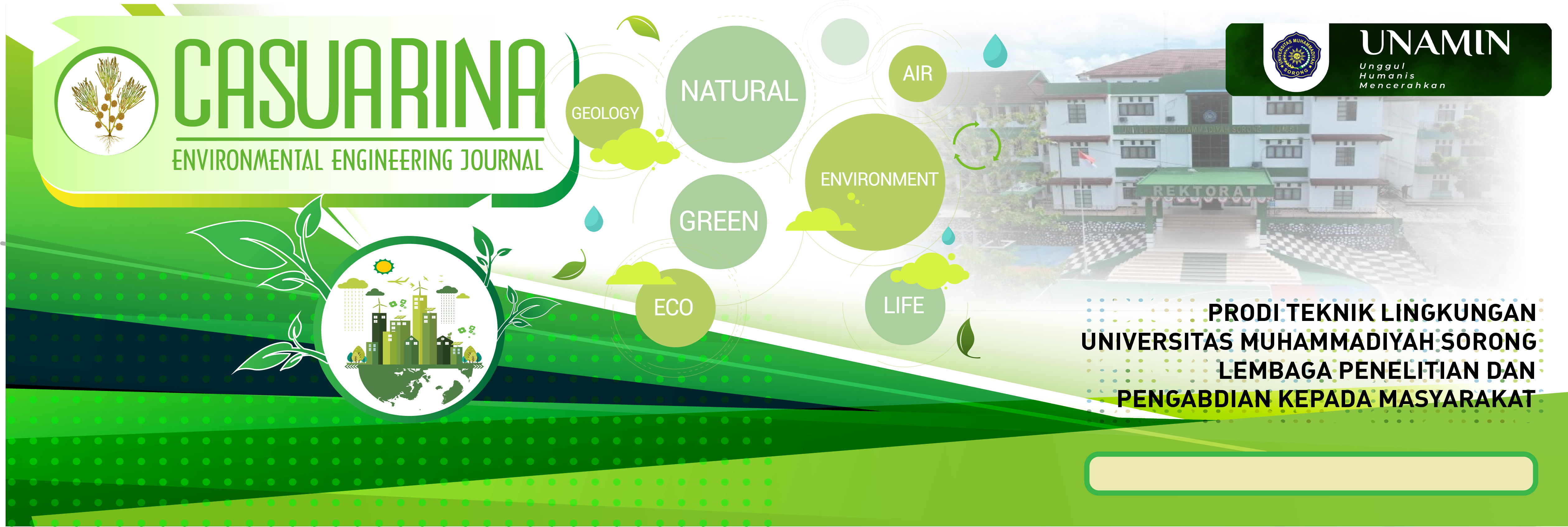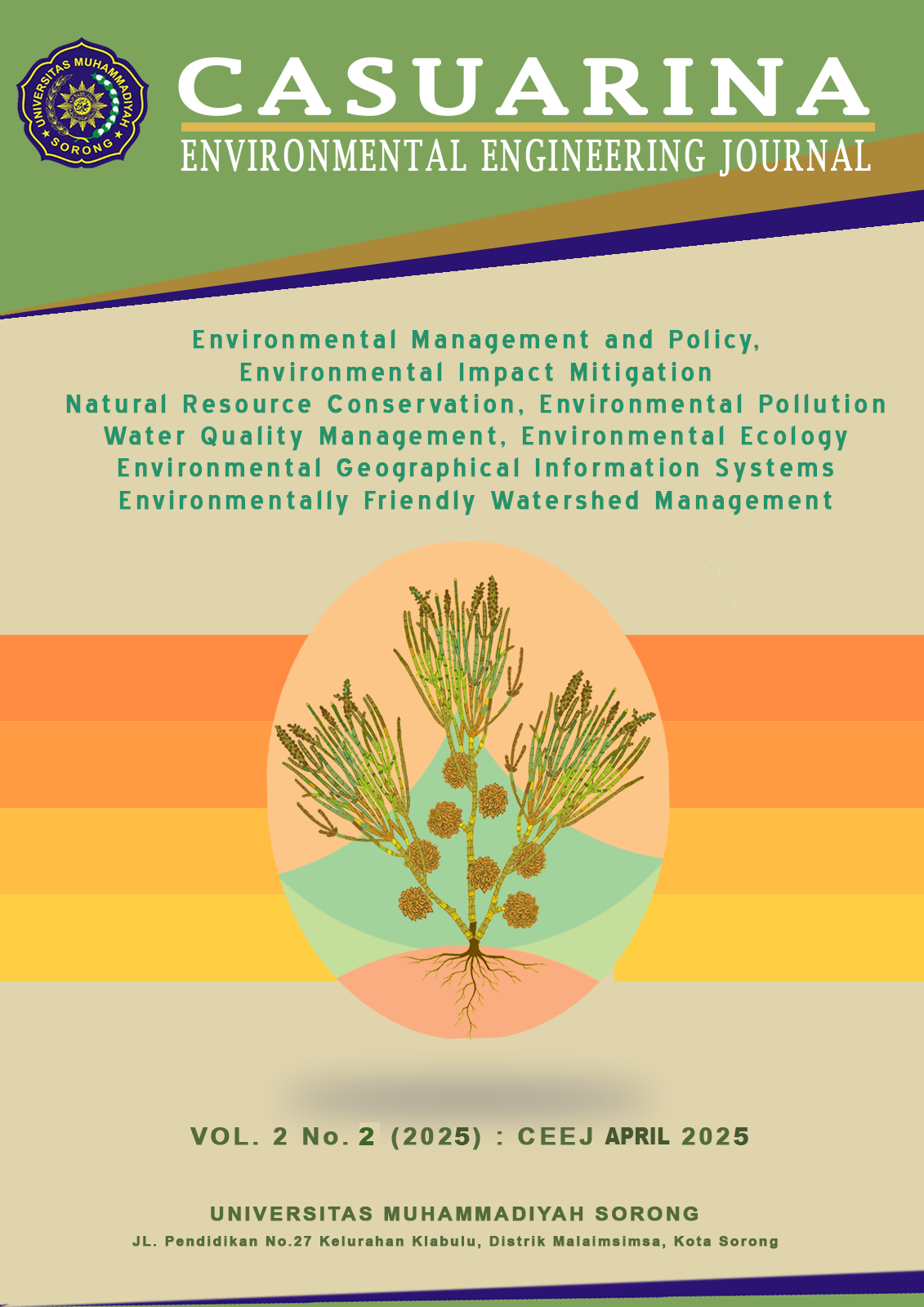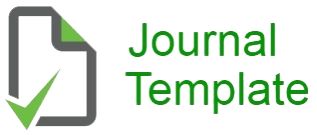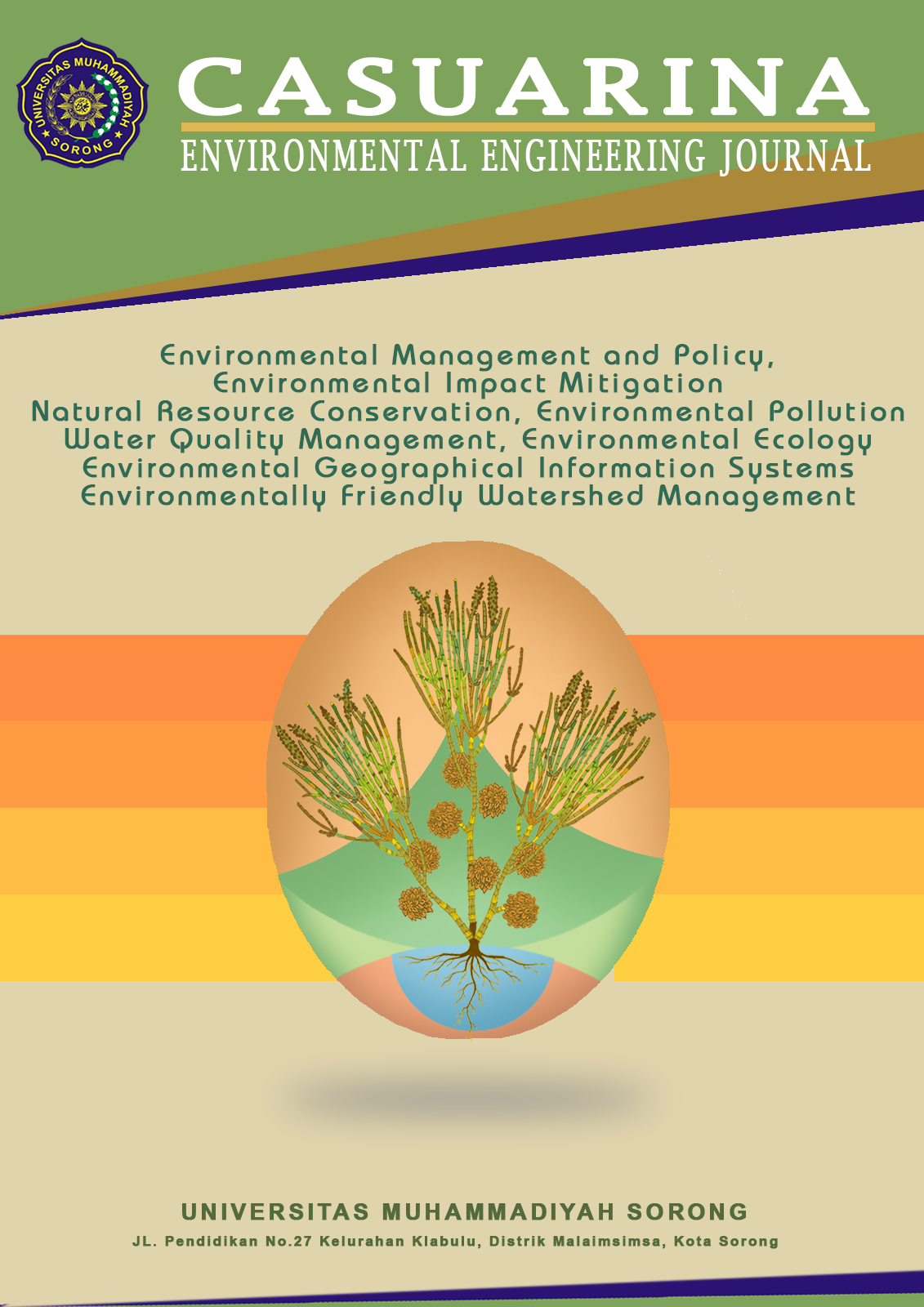Pembuatan Sabun Pembersih Lantai Menggunakan Pemanfaatan Minyak Jelantah dan Buah Mengkudu
Bahasa Indonesia
Kata Kunci:
Pembersih Lantai, Minyak Jelantah, MengkuduAbstrak
Di Indonesia, kebutuhan minyak goreng sangatlah tinggi, baik untuk kebutuhan rumah tangga, pedagang makanan kaki lima, maupun industri makanan seperti restoran. Oleh karena itu, tidak mengherankan jika jumlah limbah minyak goreng yang dihasilkan cukup besar. Kurangnya kesadaran akan bahaya minyak jelantah, serta kurangnya praktik daur ulang semakin meringankan masalah ini. Padahal, minyak jelantah dapat didaur ulang menjadi produk yang lebih bermanfaat dengan mengolah limbah minyak jelantah menjadi produk pembersih lantai dengan mengkombinasikan minyak jelantah yang diolah dengan ekstrak buah mengkudu sebagai antibakteri dan anti jamur. Adapun proses pembuatan sabun pel dengan menonton minyak jelantah dengan karbon aktif selama 24 jam kemudian dicampurkan dengan basa kuat NaOH dan diamkan selama 24 jam hingga terbentuk dua lapisan. Tahap selanjutnya yaitu penambahan asam sitrat untuk menurunkan pH larutan, ditambahkan hingga pH memenuhi persyaratan SNI 1842:2019 berada dalam rentang 6-11. Tingkat keasaman atau pH sabun pel lantai yang terbentuk adalah 6, sehingga dapat dikatakan bahwa sabun pel lantai yang terbentuk pH-nya memenuhi persyaratan.
Referensi
Al Qory, D. R., Ginting, Z., & Bahri, S. (2021). Pemurnian Minyak Jelantah Menggunakan Karbon Aktif Dari Biji Salak (Salacca Zalacca) Sebagai Adsorben Alami Dengan Aktivator H2SO4. Jurnal Teknologi Kimia, 10(2), 26–36.
Damayanti, F., Supriyatin, T., & Supriyatin, T. (2020). Pemanfaatan Limbah Minyak Jelantah Sebagai Upaya Peningkatan Kepedulian Masyarakat Terhadap Lingkungan. Dinamisia: Jurnal Pengabdian Kepada Masyarakat, 5(1). https://doi.org/10.31849/dinamisia.v5i1.4434
Dandari, D. S., Nahda, N. A., & Dian, A. P. (2017). Formulasi Ekstrak Buah Mengkudu (Morinda citrifolia) dalam Bentuk Sediaan Transdermal Liposome Cream. In Prosiding Seminar Nasional Biology for Life Gowa.
Hendratama, H., Novitasari, D., & Dewi, L. C. (2023). Formulasi Sabun Transparan Dari Minyak Kelapa Dan Ekstrak Etanol Buah Mengkudu. Jurnal Teknik SILITEK, 03(02).
Husna, I., & Khaira, S. (2019). Pembuatan Cairan Pembersih Lantai Dari Bahan Alami Buah Lerak (Sapindus Rarak Dc) Aroma Sereh Wangi. International Conference on Education, 149–152.
Juliana, I. N., Gonggo, S. T., & Said, I. (2015). Pemanfaatan Buah Mengkudu (Morinda Citrifolia L.) Sebagai Adsorben Untuk Meningkatkan Mutu Minyak Jelantah. Jurnal Akademika Kimia, 4(4),181–188. https://doi.org/10.22487/j24775185.2015.v4.i4.7869
Khuzaimah, S. (2017). Pembuatan Sabun Padat Dari Minyak Goreng Bekas Ditinjau Dari Kinetika Reaksi Kimia. Jurnal Teknologi Industri, 2(2).
Malinggas, F., Pangemanan, D., Wayan Mariati, N., Studi Kedokteran Gigi Fakultas Kedokteran Universitas Sam Ratulangi, P., & Fisiologi Fakultas Kedokteran, B. (2015). Uji Daya Hambat Ekstrak Buah Mengkudu (M. Citrifolia, L) Terhadap Pertumbuhan Streptococcus Mutans Secara In Vitro. In PHARMACON Jurnal Ilmiah Farmasi-UNSRAT (Vol. 4, Issue 4).
Meliyani Harahap, N., Suryati, S., Sulhatun, S., Masrullita, M., & Nurlaila, R. (2024). Pembuatan Sabun Mandi Padat Transparan Dengan Penambahan Ekstrak Buah Mengkudu (Morinda Citrifolia) Sebagai Bahan AntioksidaN. Chemical Engineering Journal Storage (CEJS), 4(1),1. https://doi.org/10.29103/cejs.v4i1.11142
Mifthahur Rizky, M., Budiman, & Amalinda, F. (2018). Efektivitas Buah Mengkudu Sebagai Penjernih Minyak Jelantah. Jurnal Kolaboratif Sains, 1(1), 487-494.https://doi.org/https://doi.org/10.56338/jks.v1i1.381
Mulyani, H., & Sujarwanta, A. (2017). Kualitas Minyak Jelantah Hasil Pemurnian Menggunakan Variasi Absorben Ditinjau Dari Sifat Kimia Minyak. Jurnal Teknologi Pangan Dan Hasil Pertanian, 12(2). http://journals.usm.ac.id/index.php/jtphp/index
Prihanto, A., & Irawan, B. (2018). Pemanfaatan Minyak Goreng Bekas Menjadi Sabun Mandi. Metana, 14(2), 55-59.
Putri, Y. A., & Rahmawati, I. (2022). Pelatihan Pembuatan Sabun Cuci dari Minyak Jelantah di Kampung Lampion Malang. Bubungan Tinggi: Jurnal Pengabdian Masyarakat, 4(1), 188. https://doi.org/10.20527/btjpm.v4i1.4769
Riyanti, F., Yuliasari, N., Hidayati, N., Purwaningrum, W., Farahdiba, R., & Asri, W. R. (2021). Pembuatan Sabun Cair Antiseptik Menggunakan Ekstrak Mengkudu Di Tanjung Seteko. Seminar Nasional AVoER XIII 2021, 230–234.
Rulianti, E., Nurhidayanti, N., Isyulianto, I., Juhriati, I., & Suwazan, D. (2023). Sosialisasi Pembuatan Sabun Cuci dari Limbah Minyak Goreng Bekas bagi Ibu-Ibu PKK. Jurnal Nusantara Mengabdi, 2(2), 117–125. https://doi.org/10.35912/jnm.v2i2.1528
Setiawati, I., Widiantie, R., & Hindriana, A. F. (2022). Peningkatan Keterampilan Ibu Pkk Melalui Pelatihan Pembuatan Sabun Cuci Cair Dan Sabun Minyak Jelantah. Jurnal Pengabdian Masyarakat AbdiTeknoyasa, 3(1), 110–114.
Setyaningsih, N. E., & Wiwit, W. S. (2018). Pengolahan Minyak Goreng Bekas (Jelantah) Sebagai Pengganti Bahan Bakar Minyak Tanah (Biofuel) Bagi Pedagang Gorengan Di Sekitar Fmipa Unnes. Rekayasa: Jurnal Penerapan Teknologi dan Pembelajaran, 15(2), 89-95.
Solekha, I., Fadillah, S., & Kurniawan, E. (2022). Pemanfaatan Limbah Minyak Jelantah Menjadi Produk Pembersih Lantai sebagai Upaya Pemberdayaan Masyarakat. Jurnal Bina Desa, 4(3), 350-354.
Sukeksi, L., Sianturi, M., & Setiawan, L. (2018). Pembuatan Sabun Transparan Berbasis Minyak Kelapa Dengan Penambahan Ekstrak Buah Mengkudu (Morinda Citrifolia) Sebagai Bahan Antioksida. In Jurnal Teknik Kimia USU (Vol. 7, Issue 2).
Wang, M. Y., West, B. J., Jensen, C. J., Nowicki, D., Su, C., Palu, A. K., & Anderson, G. (2002). Morinda citrifolia (Noni): a literature review and recent advances in Noni research. Acta Pharmacologica Sinica, 23(12), 1127-1141.
Unduhan
Diterbitkan
Cara Mengutip
Terbitan
Bagian
Lisensi
Hak Cipta (c) 2025 Casuarina: Jurnal Teknik Lingkungan

Artikel ini berlisensiCreative Commons Attribution-NonCommercial-ShareAlike 4.0 International License.
Please find the rights and licenses in Casuarina: Environmental Engineering Journal. By submitting the article/manuscript of the article, the author(s) agree with this policy. No specific document sign-off is required.
1. License
The non-commercial use of the article will be governed by the Creative Commons Attribution license as currently displayed on Creative Commons Attribution-NonCommercial-ShareAlike 4.0 International License.
2. Author(s)' Warranties
The author warrants that the article is original, written by the stated author(s), has not been published before, contains no unlawful statements, does not infringe the rights of others, is subject to copyright that is vested exclusively in the author, and free of any third party rights, and that any necessary written permissions to quote from other sources have been obtained by the author(s).
3. User/Public Rights
Casuarina: Environmental Engineering Journal's spirit is to disseminate articles published are as free as possible. Under the Creative Commons license, Casuarina: Environmental Engineering Journal permits users to copy, distribute, display, and perform the work for non-commercial purposes only. Users will also need to attribute authors and Casuarina: Environmental Engineering Journal on distributing works in the journal and other media of publications. Unless otherwise stated, the authors are public entities as soon as their articles got published.
4. Rights of Authors
Authors retain all their rights to the published works, such as (but not limited to) the following rights;
- Copyright and other proprietary rights relating to the article, such as patent rights,
- The right to use the substance of the article in own future works, including lectures and books,
- The right to reproduce the article for own purposes,
- The right to self-archive the article (please read our deposit policy),
- The right to enter into separate, additional contractual arrangements for the non-exclusive distribution of the article's published version (e.g., post it to an institutional repository or publish it in a book), with an acknowledgment of its initial publication in this journal (Casuarina: Environmental Engineering Journal).
5. Co-Authorship
If the article was jointly prepared by more than one author, any authors submitting the manuscript warrants that he/she has been authorized by all co-authors to be agreed on this copyright and license notice (agreement) on their behalf, and agrees to inform his/her co-authors of the terms of this policy. Sentralisasi will not be held liable for anything that may arise due to the author(s) internal dispute. Sentralisasi will only communicate with the corresponding author.
6. Royalties
Being an open accessed journal and disseminating articles for free under the Creative Commons license term mentioned, author(s) aware that Casuarina: Environmental Engineering Journal entitles the author(s) to no royalties or other fees.
7. Miscellaneous
Casuarina: Environmental Engineering Journal will publish the article (or have it published) in the journal if the article editorial process is successfully completed. Casuarina: Environmental Engineering Journal's editors may modify the article to a style of punctuation, spelling, capitalization, referencing, and usage that deems appropriate. The author acknowledges that the article may be published so that it will be publicly accessible and such access will be free of charge for the readers as mentioned in point 3.








